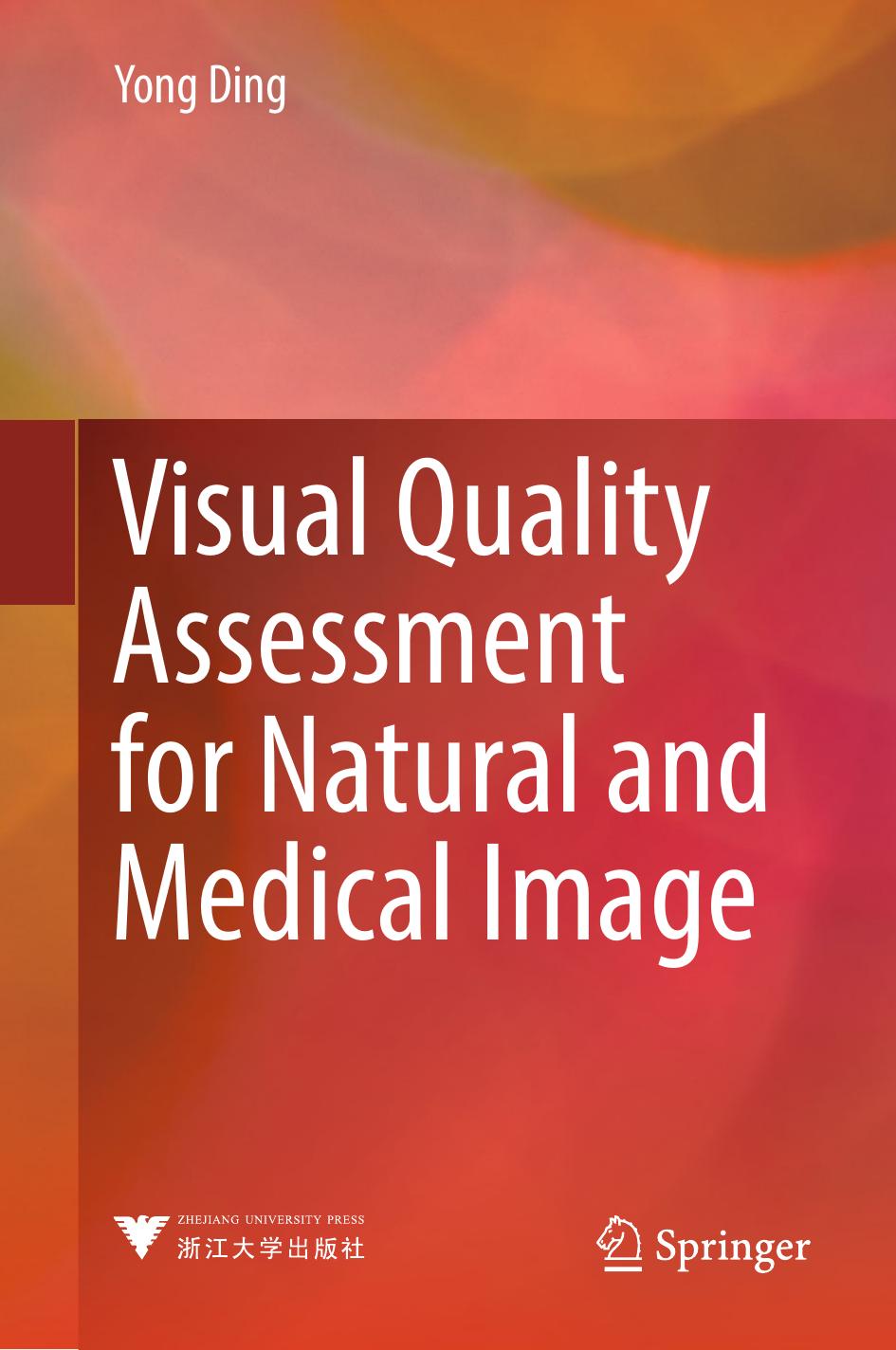Visual Quality Assessment for Natural and Medical Image by Yong Ding

Author:Yong Ding
Language: eng
Format: epub, pdf
Publisher: Springer Berlin Heidelberg, Berlin, Heidelberg
6.3.5 Summary
LBP is proposed based on the hypothesis that the complex textures are composed of texture units and the properties of these textures can be represented by the distribution of these units. In fact, this texture information is low-level feature in perceived vision and is essential to image quality assessment . When applying texture information on IQA, we deem that with the image texture altered by distortions, the change of corresponding distribution can reflect the degree of distortion in images. In addition, for blind image quality assessment , there is reference feature derived from the standard distribution of unimpaired images to quantitatively measure the image quality. The good performance of LBP and its variants proves that the extracted texture information is of great importance to IQA. Moreover, the variants extract more discriminative features, which can improve the performance. Therefore, LBP and invariant-based metrics are good descriptors for perceptive image quality. Actually, blind IQA is increasingly important in real-world applications . LBP is a good choice for its relatively high performance and low computational complexity.
However, LBP-based metrics (containing other invariants) also have some drawbacks. Firstly, it is sensitive to noise, and it is proved that the distribution of the patterns can be unstable, which would lead to bad results. Therefore, when applying LBP to IQA, there are some metrics use thresholds to avoid it (Zhang et al. 2013a; Yan et al. 2016). Then, LBP is proposed to code the structural information, regardless of the contrast, which is measured by gradient. Therefore, the complete quantitative measurement of image quality consists of two parts. In (Yan et al. 2016), the authors use WLOG (WeberâLaplacian of Gaussian), which responds to intensity contrast in local regions, to extract local contrast features. In the meanwhile, WLOG is supposed to be more consistent with visual perception. Therefore, this algorithm can be regarded as partly taking the properties of HVS into consideration. Finally, the global distribution of these patterns may loss spatial information in images, and it is proved in (Ahonen et al. 2006; Zhang et al. 2010; Ding et al. 2017) that using spatial histogram or other metrics to retain the spatial information can achieve better performance.
Download
Visual Quality Assessment for Natural and Medical Image by Yong Ding.pdf
This site does not store any files on its server. We only index and link to content provided by other sites. Please contact the content providers to delete copyright contents if any and email us, we'll remove relevant links or contents immediately.
| Automotive | Engineering |
| Transportation |
Whiskies Galore by Ian Buxton(41528)
Introduction to Aircraft Design (Cambridge Aerospace Series) by John P. Fielding(32888)
Small Unmanned Fixed-wing Aircraft Design by Andrew J. Keane Andras Sobester James P. Scanlan & András Sóbester & James P. Scanlan(32573)
Craft Beer for the Homebrewer by Michael Agnew(17932)
Turbulence by E. J. Noyes(7700)
The Complete Stick Figure Physics Tutorials by Allen Sarah(7137)
Kaplan MCAT General Chemistry Review by Kaplan(6595)
The Thirst by Nesbo Jo(6435)
Bad Blood by John Carreyrou(6274)
Modelling of Convective Heat and Mass Transfer in Rotating Flows by Igor V. Shevchuk(6222)
Learning SQL by Alan Beaulieu(6035)
Weapons of Math Destruction by Cathy O'Neil(5827)
Man-made Catastrophes and Risk Information Concealment by Dmitry Chernov & Didier Sornette(5645)
Digital Minimalism by Cal Newport;(5389)
Life 3.0: Being Human in the Age of Artificial Intelligence by Tegmark Max(5184)
iGen by Jean M. Twenge(5161)
Secrets of Antigravity Propulsion: Tesla, UFOs, and Classified Aerospace Technology by Ph.D. Paul A. Laviolette(4988)
Design of Trajectory Optimization Approach for Space Maneuver Vehicle Skip Entry Problems by Runqi Chai & Al Savvaris & Antonios Tsourdos & Senchun Chai(4839)
Electronic Devices & Circuits by Jacob Millman & Christos C. Halkias(4746)
